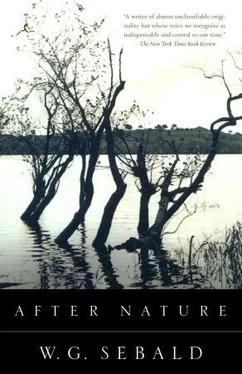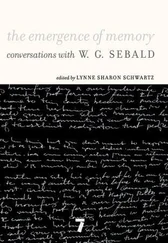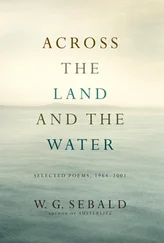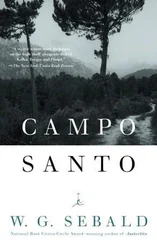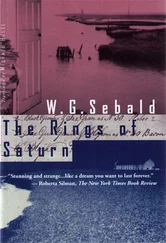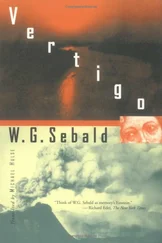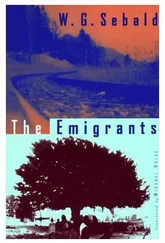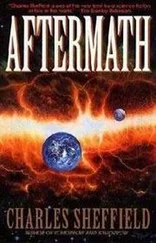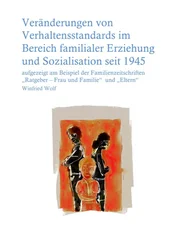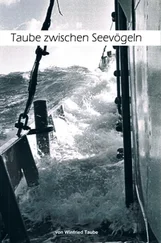W. G. Sebald
After Nature
“Before the four incomparable novels that made him a world figure in literature, W. G. Sebald wrote the free verse triptych After Nature, now fluently translated by Michael Hamburger. After Nature sets the pattern of the novels: reveries on distant lives alongside something like autobiography. This and the later books sustain a search for threads along which conscious and lost memories in private life connect with surviving and lost evidence about lives and worlds long gone. … As in Sebald’s novels, images and echoes link narrative meditations in this work.” — The San Francisco Chronicle
“[There are] three poems in After Nature. The first is about the sixteenth- century painter Matthias Grunewald, the second about the nineteenth- century botanist Georg Steller, [and the third] is an autobiographical prose poem. The scientist, the artist, and the writer all trying to make sense of life and death, pulled between images of white snow in the Alps and green forests and pastures. The late W. G. Sebald is a writer who often stops, in his quest for meaning, with the unexplained coincidence. [Sebald] will not translate coincidence for his readers, and this is the secret of his perfect timing. Here is the other secret: We are willing to be carried along in a haze of not quite understanding because Sebald also revels in the pure music of words. . Only by suspending readerly willfulness will you be able to float weightless through his writing.” — Los Angeles Times
“Remarkably lucid English translation. . After Nature consists of three interrelated narratives, spanning different historical periods. … It is Sebald’s graphic description of a subject in a Grunewald painting that seems to capture the random, irrational movements of nature most vividly.”
The Washington Post
“Europe … is a continent soaked in bloody history; its every street corner, its every green and lovely field has likely borne witness to some episode of war or religious terror or plague. W. G. Sebald. . was a master at evoking this haunted Europe. …By the time he died on a rural English road, he had been acknowledged as one of the great postwar European writers. . Now, After Nature, a book of three long poems by Sebald, is being published in
English for the first time. . This translation (by his friend Michael Hamburger) reveals him to be a poet of subtlety and lingering power.”
Time Out New York
“His work recalls Gustav Herling’s Journal Written at Night or, when he includes uncaptioned photographs, the early work of Sebald’s contemporary, Michael Ondaatje. Comparisons, however, do no justice to Sebald. Eventually, even the most familiar prose unit, the paragraph, dissolves in his hands. He was an original.” The Philadelphia Inquirer
“The three long poems in After Nature . . anatomize the correspondence between the life and the work, the work and the world, the world and the life. Wary of abstraction, alert to history’s detours and infernal turns, Sebald had the ability to consort with the unspeakable. . After Nature is Sebald’s alpha and omega, at once the first and last of his literary works, and a seedbed for his later projects. . Sebald, near the end of After Nature, under a lowering sky, writes, ‘What’s dead is gone/forever,’ then a shard from Lear: ‘What did’st/thou say?’ More questions follow, and the section dissolves into ‘Water? Fire? Good?/Evil? Life? Death?’ It’s the one moment in his entire body of work where he gives the impression of losing control, and the effect is liberating and haunting.” — The Village Voice
“The art that he created is of near-miraculous beauty.”
The New Republic
“After Nature, which now appears in an excellent translation by Michael Hamburger, is a work of considerable scope and ambition. . The aims of the Grunewald and Steller poems are not biographical or historical in any ordinary sense. Though the scholarship behind them is thorough. . scholarship takes second place to what he intuits about his subjects and perhaps projects upon them. … It is thus best to think of Grunewald and Steller as personae, masks that enable Sebald to project back into the past a character type, ill at ease in the world, indeed in exile from it, that may be his own but that he feels possesses a certain genealogy which his reading and researches can uncover. . ‘Dark Night Sallies Forth,’ the third of the poems in After Nature, is more overtly autobiographical. Here, Sebald, as ‘I,’ takes stock of himself as a person but also as inheritor of Germany’s recent history.”
-The New York Review of Books
Or va, ch’un sol volere e d’ambedue:
tu duca, tu segnore e tu maestro.
Cos'i li dissi; e poi che mosso fue,
intrai per lo cammino alto e silvestro.
Now go, the will within us being one:
you be my guide, Lord, master from this day,
I said to him; and when he, moved, led on
I entered on the steep wild-wooded way.
Dante, Inferno, Canto II
Whoever closes the wings
of the altar in the Lindenhardt
parish church and locks up
the carved figures in their casing
on the lefthand panel
will be met by St. George.
Foremost at the picture’s edge he stands
above the world by a hand’s breadth
and is about to step over the frame’s
threshold. Georgius Miles,
man with the iron torso, rounded chest
of ore, red-golden hair and silver
feminine features. The face of the unknown
Grunewald emerges again and again
in his work as a witness
to the snow miracle, a hermit
in the desert, a commiserator
in the Munich Mocking of Christ.
Last of all, in the afternoon light
in the Erlangen library, it shines forth
from a self-portrait, sketched out
in heightened white crayon, later destroyed
by an alien hand’s pen and wash,
as that of a painter aged forty
to fifty. Always the same
gentleness, the same burden of grief,
the same irregularity of the eyes, veiled
and sliding sideways down into loneliness.
Grunewald’s face reappears, too,
in a Basel painting by Holbein
the Younger of a crowned female saint.
These were strangely disguised
instances of resemblance, wrote Fraenger
whose books were burned by the fascists.
Indeed it seemed as though in such works of art
men had revered each other like brothers, and
often made monuments in each other’s
image where their paths had crossed.
Hence too, at the centre of
the Lindenhardt altar’s right wing,
that troubled gaze upon the youth
on the other side of the older man
whom, years ago now, on a grey
January morning I myself once
encountered in the railway station
in Bamberg. It is St. Dionysius,
his cut-off head under one arm.
To him, his chosen guardian
who in the midst of life carries
his death with him, Grunewald gives
the appearance of Riemenschneider, whom
twenty years later the Wurzburg bishop
condemned to the breaking of his hands
in the torture cell. Long before that time
pain had entered into the pictures.
That is the command, knows the painter
who on the altar aligns himself
with the scant company of the
fourteen auxiliary saints. Each of these,
the blessed Blasius, Achaz and Eustace;
Читать дальше
